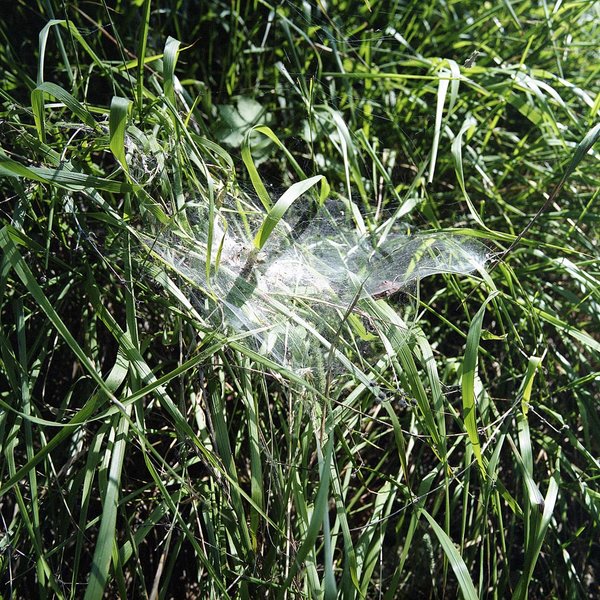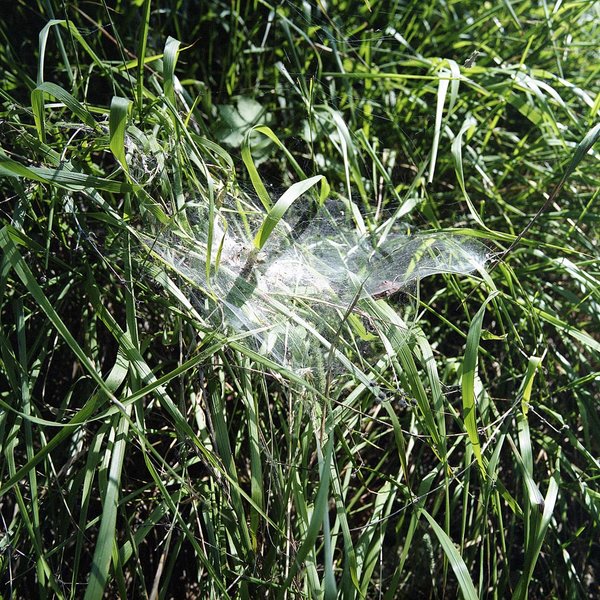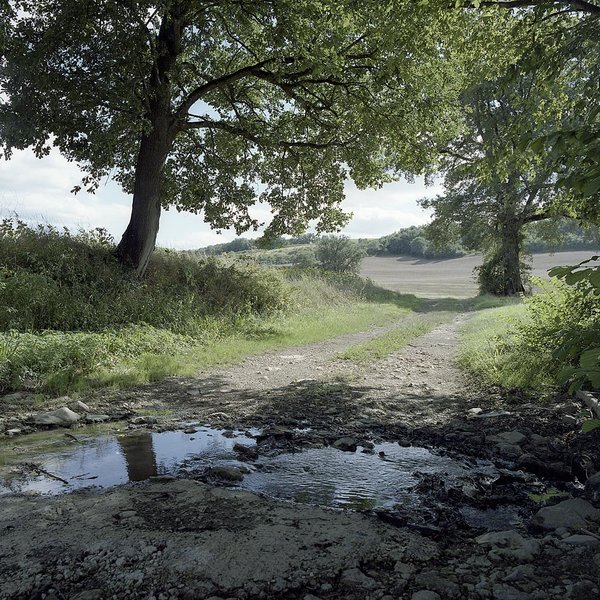-
Quick access all forums:Photography and Techniques Nature & Wildlife Landscape & Travel City, Street & Transportation People, Portrait & Wedding Black & White Macro & Still Life Sport & Action Everything else Editing / Hardware & Software
Assignments & Critique Images I took this week Photo Critique Challenges Challenge Discussions
Gear-Talk General Gear Talk Canon Nikon Sony & Minolta Fujifilm X System & DSLRs L-Mount Alliance MicroFourThirds (MFT) Pentax & Ricoh Medium Format Leica M, Leica R, Leica Q Other brands Contax MTF Charts, Broschures etc Information Contax & Zeiss Sigma SA/ DP/DPMerrill/Quattro Others Smartphones, P&S and Drones Adapted Lens Talk Classifieds
General stuff Announcements Forum-Help/ "Have you seen...?" Introduce yourself DPRF Cafe Suggestions regarding this forum
DPR Forum
Welcome to the Friendly Aisles!
DPRF is a spin-off of dpreview. We are a photography forum with people from all over the world freely sharing their knowledge and love of photography. Everybody is welcome, from beginners to the experienced professional. From smartphone to Medium Format.
DPRF is a community for everybody, every brand and every sensor format. Digital and film.
Enjoy this modern, easy to use software. Look also at our Reviews & Gallery!
You are using an out of date browser. It may not display this or other websites correctly.
You should upgrade or use an alternative browser.
You should upgrade or use an alternative browser.
Negative or transparency film?
- Thread starter sportback
- Start date
sportback
Well-Known Member
Many thanks for the advice Jürgen - with your help I've now got far more reasonable sized files (36Mo instead of 177Mo !) and even a slight increase in quality.
This is a test shot I took today.
This is a test shot I took today.
Attachments
vandevantersh
Well-Known Member
I know nothing about scanning. Are there a few indicators of scan quality?
My "tree" picture was scanned at 4546 x 3046 (35mm). For a 36 exp roll, processing and scanning was ~$25USD at a "one day processor".
Steve
My "tree" picture was scanned at 4546 x 3046 (35mm). For a 36 exp roll, processing and scanning was ~$25USD at a "one day processor".
Steve
cs_foto
Well-Known Member
there is no indicator of scan image quality at all. only by looking at the results and enalarging (printing) them one can judge resolution, colour etc.
the same with a digital file captured by a digital camera, a 12 mega-pixel image from lets say a full frame DSLR will be extremely better than a 12 mega-pixel image taken with a mobile phone. They both have the 'same' theoretical resolution 12 mega pixels (4000 x 3000 pixels lets say) but the image quality will be obviously different when you compare the two.
Frontier scans are cheap, lets say £2 a roll and they offer decent quality, enough to send by email and pretty decent for a 10"x8" print.
The advantage of a Frontier scan over a home flat bed scanner is speed and colour. With the Frontier almost no correction is needed, the files come ready to go, good contrast good colour, film as film should be. At home using a Flatbed or even a Nikon 9000 you have to mess a lot in post-processing to get a good result.
Some prefer more control (flatbeds at home) others like me just use frontier scans as test prints/scans, the same way that people used to use contact prints to select and edit their work. The frontier scans are decent enough to be used instead of contact prints. (you can evaluate density/exposure, colour, composition etc)
If you want gallery (or so-called fine art) quality you have to go for an Imacon scan or Drum scan, and yes the prices are high. But this is not something that you will do to all your shots, only those that for a reason are going to be printed in a special way (to be framed, published in a book/magazine, sold and so on)
Regards
the same with a digital file captured by a digital camera, a 12 mega-pixel image from lets say a full frame DSLR will be extremely better than a 12 mega-pixel image taken with a mobile phone. They both have the 'same' theoretical resolution 12 mega pixels (4000 x 3000 pixels lets say) but the image quality will be obviously different when you compare the two.
Frontier scans are cheap, lets say £2 a roll and they offer decent quality, enough to send by email and pretty decent for a 10"x8" print.
The advantage of a Frontier scan over a home flat bed scanner is speed and colour. With the Frontier almost no correction is needed, the files come ready to go, good contrast good colour, film as film should be. At home using a Flatbed or even a Nikon 9000 you have to mess a lot in post-processing to get a good result.
Some prefer more control (flatbeds at home) others like me just use frontier scans as test prints/scans, the same way that people used to use contact prints to select and edit their work. The frontier scans are decent enough to be used instead of contact prints. (you can evaluate density/exposure, colour, composition etc)
If you want gallery (or so-called fine art) quality you have to go for an Imacon scan or Drum scan, and yes the prices are high. But this is not something that you will do to all your shots, only those that for a reason are going to be printed in a special way (to be framed, published in a book/magazine, sold and so on)
Regards
sportback
Well-Known Member
Thanks for your input - and yes, I tend to agree with you. I'm happy enough with my scans for proofs (And all I do is apply an USM in PS, so not much mucking around at all) and as I can't actually print larger than A4, anything else will be treated by a lab.
As I haven't actually ever shot anything which merits printing poster sized, this has yet to be tested!
As I haven't actually ever shot anything which merits printing poster sized, this has yet to be tested!
Today I got back my drum scanned neg. I was going to post the results and 100% crops of the Nikon, Imacon and the drum so you could all see the differences but, to be honest, they are so close it is not worth me doing.
The Nikon is slightly worse in terms of sharpness to the Imacon but the Imacon looks like it had default USM applied at the scan stage. The drum scan is about as sharp as the Nikon but with better tonal gradations than the Imacon. To my surprise, the Imacon had worse corner sharpness by quite a lot compared to the drum. Because I could only control the scan from start to finish myself with the Nikon, comparing them to the others is a little meaningless anyway. To be honest, any of the options would be good enough for most. Perhaps the Imacon and drum scanners really start to shine with trannies and deep shadows, which is important to me because 90% of what I do is with E6.
If I had to choose one scanning process, price be damned, I'd choose the drum option. Then again, wouldn't we all?
PS: Just got 10 rolls of 120 Astia 100F back from the lab. I nearly cried, the colours, depth and sharpness are so good. I don't know if I could ever use a 100% digital process for my work. I just love getting the film back and seeing the images pop off the light box. Heaven!
The Nikon is slightly worse in terms of sharpness to the Imacon but the Imacon looks like it had default USM applied at the scan stage. The drum scan is about as sharp as the Nikon but with better tonal gradations than the Imacon. To my surprise, the Imacon had worse corner sharpness by quite a lot compared to the drum. Because I could only control the scan from start to finish myself with the Nikon, comparing them to the others is a little meaningless anyway. To be honest, any of the options would be good enough for most. Perhaps the Imacon and drum scanners really start to shine with trannies and deep shadows, which is important to me because 90% of what I do is with E6.
If I had to choose one scanning process, price be damned, I'd choose the drum option. Then again, wouldn't we all?
PS: Just got 10 rolls of 120 Astia 100F back from the lab. I nearly cried, the colours, depth and sharpness are so good. I don't know if I could ever use a 100% digital process for my work. I just love getting the film back and seeing the images pop off the light box. Heaven!
sportback
Well-Known Member
Thanks again for your valuable input - I'm still going to have a roll developed and scanned (Imacon) when I get the time to actually take it in to the lab...
In the meantime, here's a scene recently shown in B&W, revisited in colour (FUJI Pro 160C), and I'm slowly coming to the conclusion that perhaps my scans aren't so bad after all.
In the meantime, here's a scene recently shown in B&W, revisited in colour (FUJI Pro 160C), and I'm slowly coming to the conclusion that perhaps my scans aren't so bad after all.
Attachments
Daniel Unkefer
Well-Known Member
Sportback,
That image looks really great on my screen.
I need to teach myself to make scans like you are doing.
Really lovely image!
That image looks really great on my screen.
I need to teach myself to make scans like you are doing.
Really lovely image!
On my screen, at web resolution, your scans look great. Things may be different when doing large prints where really sharp grain detail can be important.
Let me be clear too that the Imacon scans were definitely a step up from the Nikon scans I do myself, just not $30000NZ better. (A nikon 9000ED costs about $6500NZ compared to $37000NZ for the Imacon X1.) They were more tonal and sharper but I had no control of the scan myself. I imagine if it were my own unit, and I scanned to RAW files like I do with the Nikon, and converted using the Hassy / Imacon software, I'd pull out a lot more information compared to the cheaper Nikon 9000 scans. But that's only me trying to justify the price difference!
Let me be clear too that the Imacon scans were definitely a step up from the Nikon scans I do myself, just not $30000NZ better. (A nikon 9000ED costs about $6500NZ compared to $37000NZ for the Imacon X1.) They were more tonal and sharper but I had no control of the scan myself. I imagine if it were my own unit, and I scanned to RAW files like I do with the Nikon, and converted using the Hassy / Imacon software, I'd pull out a lot more information compared to the cheaper Nikon 9000 scans. But that's only me trying to justify the price difference!
Thanks again for your valuable input - I'm still going to have a roll developed and scanned (Imacon) when I get the time to actually take it in to the lab...
In the meantime, here's a scene recently shown in B&W, revisited in colour (FUJI Pro 160C), and I'm slowly coming to the conclusion that perhaps my scans aren't so bad after all.



